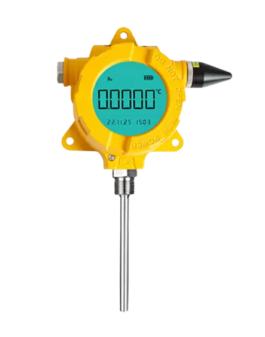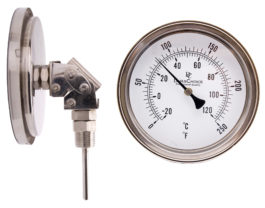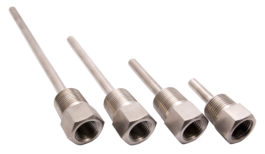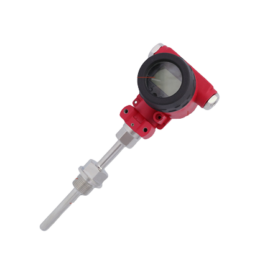Temperature
Temperature Resistance thermal diodes (RTDs), also known as resistance thermometers, accurately sense process temperatures with a high degree of repeatability and interchangeability of elements.
The RTD is composed of metallic elements which change in resistance as a function of temperature. In operation, a small excitation current is passed across the element/voltage, which is proportional to resistance.
It is then measured and converted to units of temperature calibration in resistance format. It can also be coupled with a “puck” to a signal preferred (4-20ma, Exi ratings, 0-10vdc, etc.).
The Resistance thermal diodes or RTDs element is manufactured by winding a wire (wire wound elements) or plating a film (thin film elements) on a ceramic or glass core and sealing the element within a ceramic or glass capsule
Temperature Sensors
The principle behind this sensor is that pure metals predictably change their resistivity. RTD’s temperature sensors are constructed with metals whose resistivity increases linearly with temperature.
Metals used should a have high boiling point, be easily available in their pure form, and be resistant to corrosion (chemical stability).
They have electrical properties that are highly reproducible. The most commonly used metal is platinum but copper and nickel are also used.
Thermowells
Thermowells are used to provide isolation between the sensor and the environment, either liquid, gas, or slurry. A thermowell allows the sensor to be removed and replaced without compromising either the ambient region or the process.
Thermometers
A thermometer is an instrument that measures temperature. However, it is impossible to measure the kinetic state of molecules directly. Instead, thermometers measure parameters that vary proportionally with the kinetic state of molecules.
This is called the thermometric variables; thus, there are several different techniques to measure depending on the thermometric variable.
Showing all 4 results
-

Wireless Temperature Transmitter
$ 795.00 – $ 925.00Select options This product has multiple variants. The options may be chosen on the product page -

Industrial Analog Thermometers
Read more -

Thermowells
$ 44.00 – $ 275.00Select options This product has multiple variants. The options may be chosen on the product page

